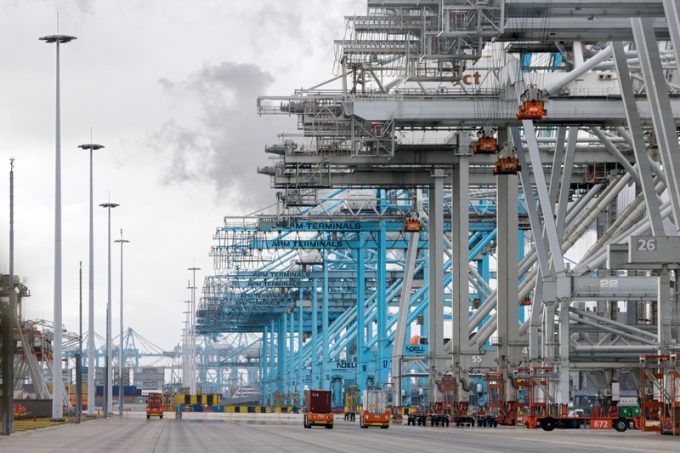Tech, layoffs & logistics – Mr Ocean speaks and you'd better listen
Here’s your bone – be happy

Global Shipping Business Network (GSBN), the ‘Chinese blockchain’ for shipping, is testing its cargo-release systems with Hutchison Ports ECT in Rotterdam, in collaboration with Cosco, OOCL and SUMEC.
GSBN is Hong Kong’s answer to Maersk and IBM’s TradeLens. The aim is cutting down on paperwork, speeding ...
CMA CGM South Korean staff strike over bonuses after bumper 2024 profit
MSC switches two more Asia-Europe port calls from congested Antwerp
CMA airline returns two freighters, while ANA takeover of NCA looms
Nightmare for Bangladeshi exporters as congestion and tariffs bite
Tradelanes: Export boom in Indian sub-continent triggers rise in airfreight rates
Carriers introduce surcharges as congestion builds at African ports
Ports and supply chain operators weigh in on funding for CPB
Box ship overcapacity threat from carrier appetite for new tonnage

Comment on this article